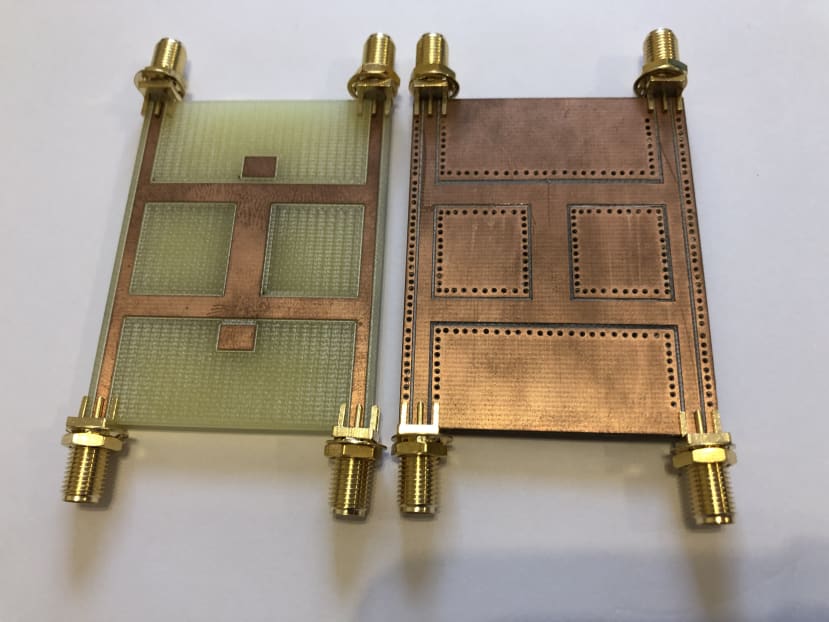A Tuneable Coupler for 5G mm and microwave Power Amplifier Applications
Follow projectHow do you feel about this article? Help us to provide better content for you.
Thank you! Your feedback has been received.
There was a problem submitting your feedback, please try again later.
What do you think of this article?
 This project details the design of a tuneable coupler for 5G millimetre and microwave power amplifier applications. A quadrature hybrid coupler design has been adopted and modified to work at a 3GHz design frequency on an FR4 substrate.
This project details the design of a tuneable coupler for 5G millimetre and microwave power amplifier applications. A quadrature hybrid coupler design has been adopted and modified to work at a 3GHz design frequency on an FR4 substrate.
This report concludes that a coupler design that meets the aim and key objectives of this project has been designed and will be manufactured shortly after the submission of this report. Simulation of ideal and non-ideal coupler structures have been conducted and demonstrated potential couplers that could be used as a base design for the implementation of a 5G power amplifier coupler that would be designed in this report. Research papers based around the preferred coupler design were evaluated and structures of interest were simulated with results leading to a quadrature coupler that was able to vary its coupling ratio. The quadrature coupler design was optimised for a 3GHz design frequency on an FR4 substrate using a characteristic impedance. A coupling ratio that varied between 1dB to 38.62dB was achieved utilising the Keysight ADS software. The varying coupling ratio was established utilising the varactor diode SMV1265 from Skyworks which had a capacitance variation from 22.5-0.71pF for a 0-30Volt bias. Electromagnetic tests were conducted that found disparities between EM and simulated results. This is likely due to the radiation of power, where the quadrature coupler is acting as an antenna and can be resolved by using a higher-grade or stripline substrate. Varactor models of the SMV1265 were implemented into the final design of the coupler however further research is needed to validate the results shown from these experiments.
Concerning the aim of this project a 3GHz coupler with a tunable coupling ratio has been designed and can be implemented into a 5G power amplifier, should there be a need to increase the frequency of operation the design can be scaled to fit the applications needs.

